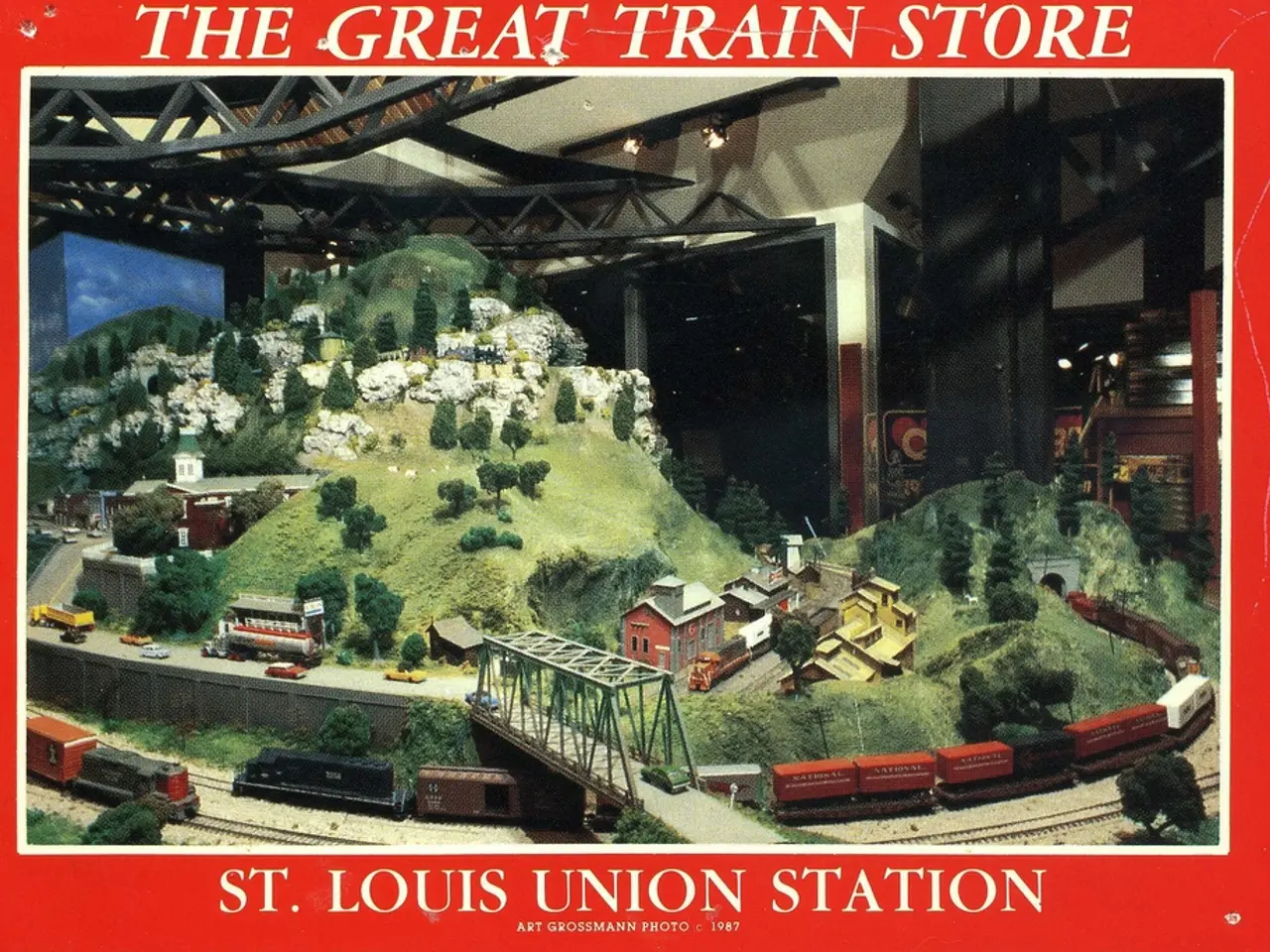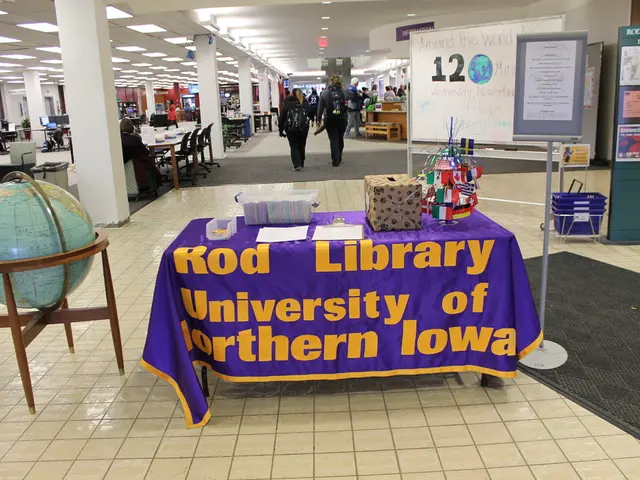Rail Line Expansion: A Blessing or Curse for Commuters? New Transit System Expected to Elevate Property Values but Endanger Neighborhood Aesthetics
The Interborough Express (IBX), a new light rail line planned to connect Brooklyn and Queens, is set to significantly impact the real estate and community development landscape in both boroughs. The 14-mile corridor aims to improve accessibility between historically underserved neighborhoods, leading to rising property values, increased interest from developers, and potential gentrification pressures, while also offering opportunities for affordable housing.
Impact on Property Values and Real Estate Development
The IBX will provide a direct, faster transit connection, cutting commutes by up to 30 minutes and linking 20 neighborhoods that currently lack adequate subway service. This enhanced accessibility is forecasted to increase demand for housing and commercial spaces along the route.
Experts and real estate professionals predict that neighborhoods along the IBX line, such as Sunset Park, East New York, Midwood, Maspeth, and Jackson Heights, will experience a surge in property values due to the improved transit options and connectivity the light rail will bring. New development opportunities, especially in areas where land is presently underused, are expected to attract investors and homeowners.
The IBX is likely to "breathe new life into neighborhoods" by encouraging both residential and commercial growth, typically accompanying major transit investments. Real estate agents anticipate new developments and rising prices as accessible transit can make these neighborhoods more desirable.
Gentrification Concerns
While increased connectivity offers economic upside, there is concern that it could accelerate gentrification, displacing lower-income residents who currently live in more affordable housing stock along the route. The influx of new businesses and higher-income residents, drawn by improved transit, can raise rents and property taxes, straining long-time residents financially.
Community leaders and analysts recognize this dual-edged impact, noting that changes in neighborhood character could occur with rising property values and new development activity. The IBX, while providing essential transit equity benefits, may need complementary policies to manage potential displacement.
Affordable Housing Opportunities
The IBX corridor includes many areas with limited access to transit, which historically have had fewer affordable housing opportunities. With improved connectivity, there is potential to integrate affordable housing into new developments.
However, as the route passes through neighborhoods transitioning from industrial or low-density uses, it remains uncertain how much affordable housing will be preserved or created without targeted interventions. Given the scale of the project and the city's broader housing crisis, affordable housing advocates emphasize the importance of leveraging new transit infrastructure like the IBX to include affordable units as part of equitable community development.
In conclusion, the IBX project will likely lead to increased property values and real estate development along its Brooklyn and Queens corridor, boosting local economies but also carrying risks of gentrification and displacement of existing residents. Ensuring that affordable housing opportunities grow alongside development will be crucial to making the IBX a tool for inclusive community advancement.
Read also:
- Court petitions to reverse established decision on same-sex marriage legalization
- Commemoration of 200 Days of American Resurgence Unveiled
- Minister Bärbel Bas expresses doubts about her tenure as a minister following a recent interview during the summer.
- Politicians from both Republican and Democratic parties are urging President Trump to maintain the security agreement with Australia and the United Kingdom.








